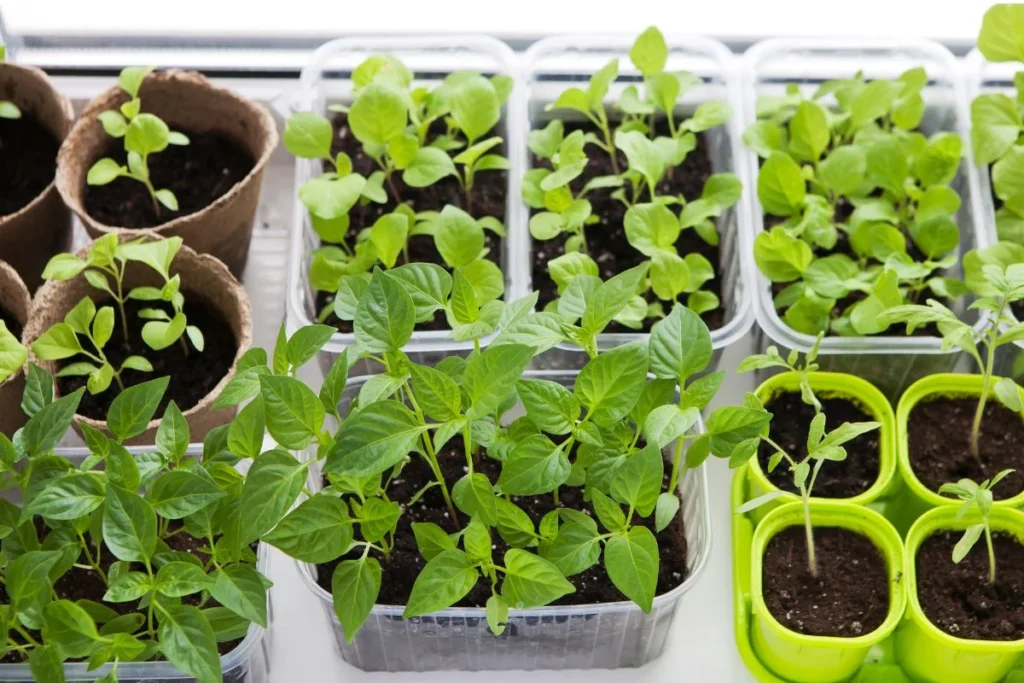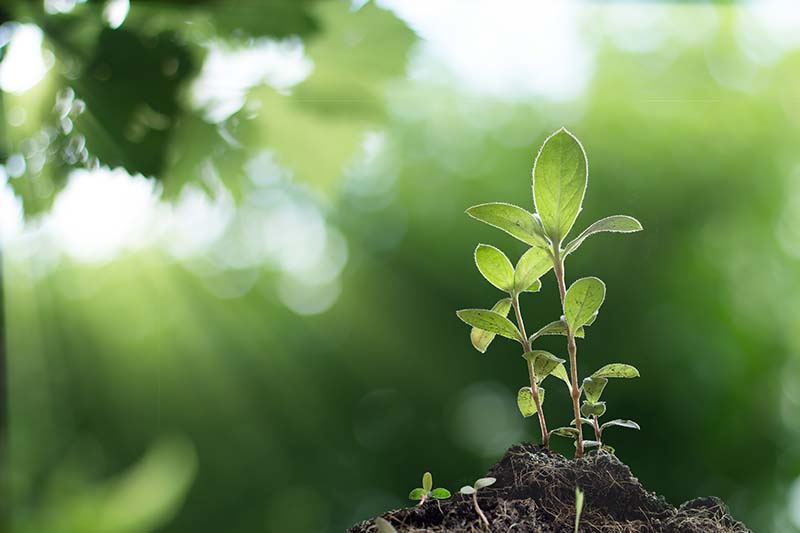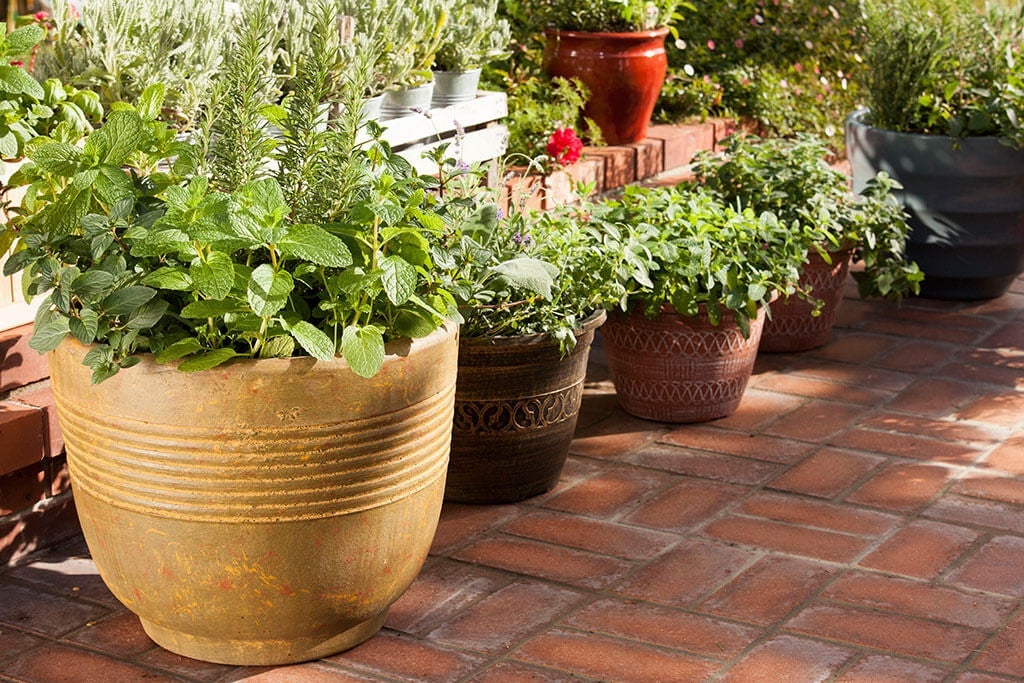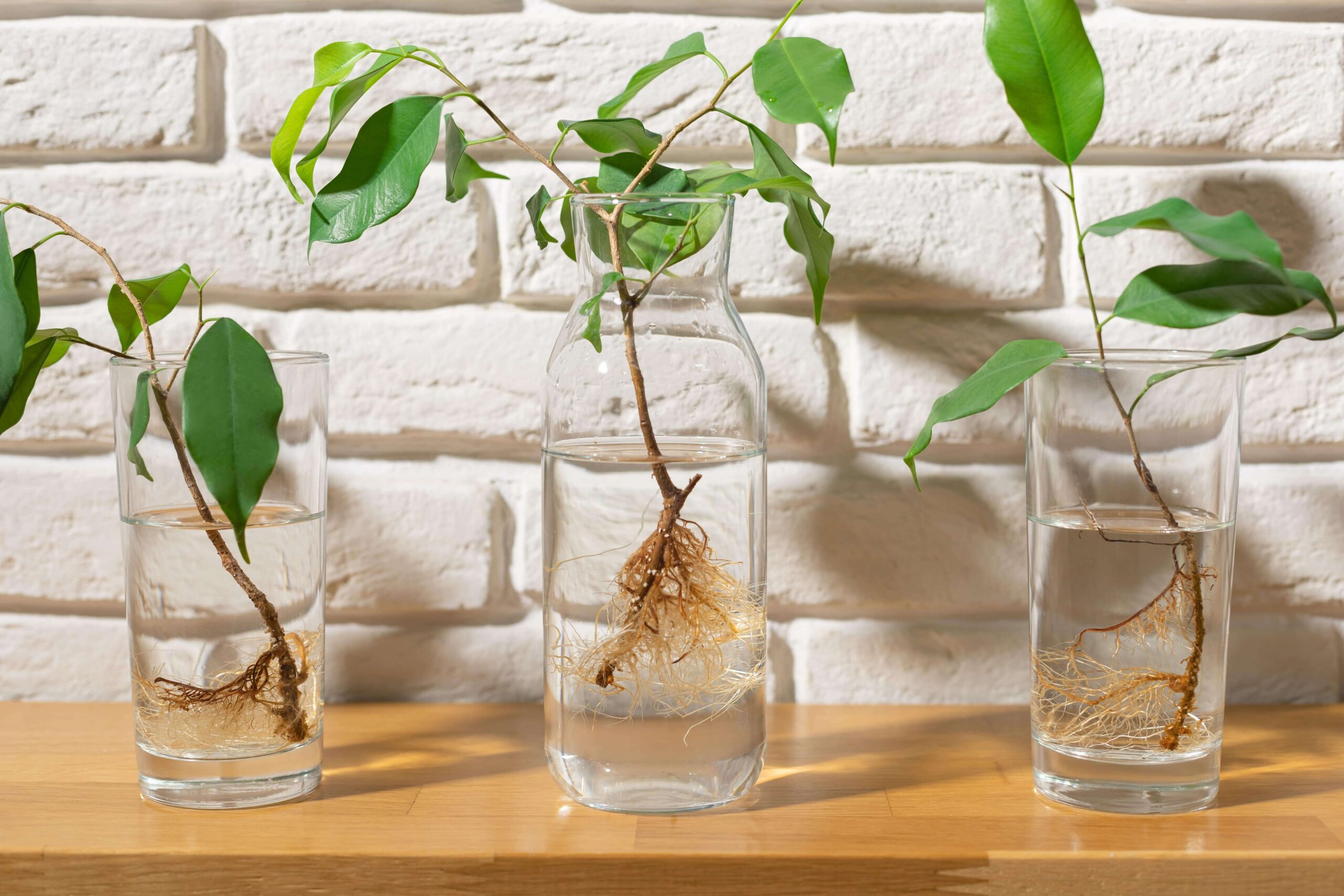

Starting seeds indoors is one of my favorite parts of gardening, but it’s not always as easy as it sounds. Every year, I spend hours planting and caring for hundreds of seeds—300 tomatoes, 100 peppers, 25 eggplants, along with a variety of brassicas, herbs, cucumbers, and squashes. When you have a large garden, starting seeds yourself is the most cost-effective way to go. Plus, it’s a chance to try unique varieties that you just can’t find in stores!
However, starting seeds indoors can be tricky. You might face some challenges along the way, but if you follow these 5 tips, you’ll be well on your way to growing strong, healthy seedlings. Let’s dive in and get your garden off to the best start!
1. Use the Right Temperature for Germination

Each plant has its own temperature preferences, but most seeds need a warm environment to germinate—generally around 75°F (24°C). If you’re starting seeds in an unheated greenhouse, a cold basement, or an area without temperature control, you might need to add some extra heat to encourage proper germination. A heated growing mat is a simple solution to keep the soil temperature consistent.
- Tomatoes, peppers, and eggplant thrive in warm temperatures, so they’ll do best with a higher temperature once they start growing.
- Cool-weather crops like brassicas (cabbage, broccoli, kale, etc.) actually prefer cooler temperatures and will do better at slightly lower temperatures once germinated.
Always check your seed packets for the specific temperature needs of each type of seed, as some may require lower or higher temperatures than others.
2. Provide Plenty of Light

After your seeds germinate, they’ll need a lot of light to grow strong and healthy. If you’re growing your seeds indoors, you’ll need to make sure they get at least 12-16 hours of light per day. If you’re starting seeds near a sunny window, that’s great, but often it’s not enough light to keep the plants growing strong and sturdy.
Consider investing in grow lights to provide supplemental lighting. Fluorescent or LED grow lights work best and can be positioned a few inches above your seedlings to encourage healthy growth. Just be sure not to let the seedlings stretch too much for the light—this can cause them to become “leggy,” or weak and spindly.
3. Keep Soil Moist, but Not Soaked
.jpg)
Watering is a delicate balance. Your seeds need moisture to sprout, but too much water can lead to root rot or fungal problems. Make sure the soil stays evenly moist but not waterlogged. You can water your seeds with a spray bottle to keep the soil damp without saturating it.
- Tip: Place a humidity dome or plastic wrap over your seed trays until germination occurs to help retain moisture. Once the seeds sprout, you can remove the dome.
4. Choose the Right Containers

You don’t need to spend a lot of money on fancy seed-starting trays—there are plenty of items you can repurpose around your house! Yogurt cups, egg cartons, and milk cartons all make great containers for seedlings. Just make sure whatever you’re using has drainage holes to prevent water from sitting at the bottom and causing root rot.
- Repurpose! You can even use old food containers or cut-off plastic bottles. Simply poke a few holes in the bottom to ensure proper drainage, and you’ve got yourself a perfect container.
5. Don’t Rush the Process

Patience is key when starting seeds indoors. It can be easy to get excited and want to move your seedlings to the garden as soon as they start growing, but don’t rush the process. Seedlings need time to get strong and establish healthy roots before they can be transplanted outside. Once your seedlings are big enough to handle, harden them off by gradually introducing them to the outdoor elements.
- Hardening off: Start by placing your seedlings outside for just an hour or two, gradually increasing the time spent outdoors each day. This helps them adjust to the sun, wind, and outdoor temperatures without getting stressed.
| Tip Number | Tip | Description |
|---|---|---|
| 1 | Use the Right Temperature | Most seeds require a soil temperature of around 75°F (24°C) for optimal germination. Use a heated growing mat if your space is too cool. |
| 2 | Provide Plenty of Light | Ensure your seedlings get 12-16 hours of light per day. Use grow lights if natural sunlight isn’t enough to prevent your seedlings from becoming leggy. |
| 3 | Keep Soil Moist, Not Soaked | Water your seeds with a spray bottle to maintain even moisture. Avoid overwatering, as too much water can cause root rot. |
| 4 | Choose the Right Containers | Use recycled containers like yogurt cups, milk cartons, or egg cartons for starting seeds. Ensure they have drainage holes to prevent water buildup. |
| 5 | Don’t Rush the Process | Be patient and harden off your seedlings before transplanting them outside. Gradually introduce them to the outdoors for a smooth transition. |
This table breaks down each tip to help you successfully start seeds indoors and grow strong, healthy plants for your garden!
Seed Starting FAQ
How do I know when my seeds are ready to transplant?
Your seedlings are ready to be transplanted when they have at least 2-3 sets of true leaves (the second set of leaves that appear after the seed leaves). Additionally, they should be sturdy enough to handle the outdoor environment without getting too stressed.
What should I do if my seedlings are growing too leggy?
If your seedlings are stretching toward the light and becoming leggy, they’re not getting enough light. Move them closer to your light source, or invest in additional grow lights to give them the necessary exposure. You can also gently bury the leggy stem when transplanting to help encourage more root growth.
Can I start seeds directly in the ground instead of indoors?
Yes! Some seeds can be sown directly in the ground once the weather warms up and the soil is workable. Seeds like beans, peas, and sunflowers do great when sown directly outdoors. Check the specific requirements for each seed to know when to plant.
How do I keep my seeds warm if I don’t have a heated growing mat?
If you don’t have a heated growing mat, you can place your seed trays in a warm spot in your home, like on top of a refrigerator or near a heating vent. Just make sure the area is not too hot, as excessive heat can damage the seeds.
Conclusion
Starting seeds indoors is a fantastic way to get a jump start on your gardening season, and with these 5 tips, you’ll be set up for success! Providing the right temperature, light, moisture, and containers will help you grow strong, healthy seedlings ready to thrive once they’re planted in your garden. Take your time, plan ahead, and you’ll enjoy a bountiful garden full of homegrown goodness this season. Happy gardening!
